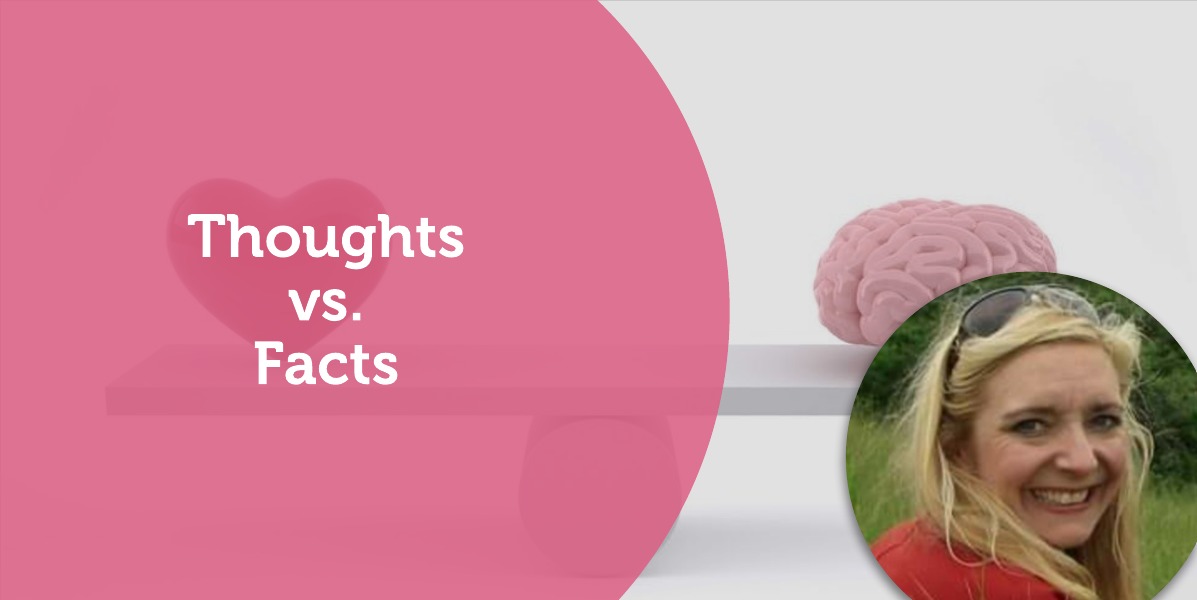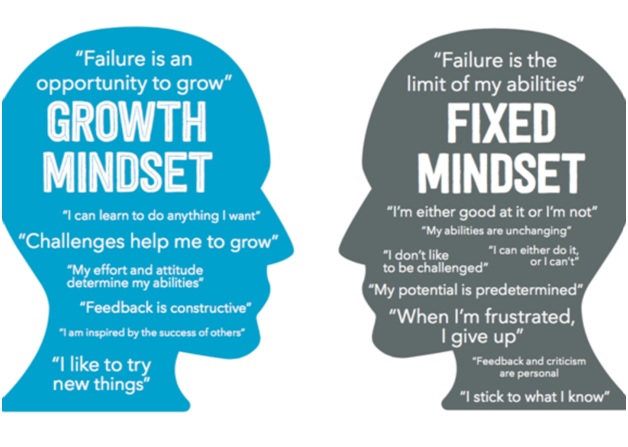 A Coaching Power Tool Created by Amy Strom
A Coaching Power Tool Created by Amy Strom
(Transformational Leadership Coach, UNITED STATES)
Introduction
Definition of Thought: an idea or opinion produced by thinking or occurring suddenly in the mind. Similar to idea, notion, belief
Definition of Fact: a thing that is known or proved to be true, the truth about events as opposed to interpretation. Similar to certainty, reality, actuality
According to a recent study done by Dr. Jordan Poppenk, Canada Research Chair in Cognitive Neuroscience, the average person was shown to have had over 6,000 thoughts a day. That is a fact about thoughts, shown by this study. Facts have careful observation or measurement by experimentation that provide evidence of proof, not subject to interpretations. Whereas thoughts are interpretations happening in our minds, that give us possible ideas, notions, or beliefs towards experiences. The fact is we have thoughts, lots of them, and most of our thoughts are not facts.
The focus in this power tool is to work with the clients to help move them from thinking that most of their thoughts are facts, and in this shifting, enable them to open their minds to other possibilities, other perspectives, other responses for where they are stuck.
Explanation:
Our thoughts can limit us without us consciously realizing it. We rely on our ideas and opinions to help make decisions, but these are not always the facts. And if we don’t stop and consider what other thoughts or facts may be happening at the same timing, we can start to accept thoughts as facts as we are thinking them and narrow our abilities, our options, and or future opportunities for ourselves. Our clients can limit their possibilities, make decisions based on thoughts that have a strong potential to be inaccurate and aren’t indeed the facts, they are only thoughts that they are treating as facts.
In Michael Singers’ book, The Untethered Soul, he writes about the mental dialogue going inside of our heads, that never stops. Have you noticed this voice? Can you notice it right now, maybe questioning yourself if you have this voice? That voice is there, a running commentary of thoughts and opinions, observing and commenting on your current experiences. We can become so accustomed to it being there, we don’t even notice it is happening. And we can start to accept thoughts as facts, I thought it, so it must be true, we can misguide ourselves.
When listening to ourselves, we can determine if we have a fixed mindset versus a growth mindset. As Carol Dweck, a Stanford University psychologist explains, in a fixed mindset, people believe their qualities are fixed traits and therefore cannot change. They are limited by their thoughts and believe them to be unchangeable. They don’t examine their thoughts with possibilities. People with a growth mindset have an underlying belief that their learning and intelligence can grow with time and experience. They examine thoughts with positive curiosity and openness to new ideas and beliefs.
 We can find ourselves limiting our potential when we think with a fixed mindset about our thoughts. A negative thought can be more powerful than it actually is, we start acting on the limiting thought as a fact. We start believing what we are thinking, what our thoughts are, and these beliefs may take us in a direction that stalls our potential. When using a fixed mindset in examining thoughts versus facts, we can accept the judgment of others, expectations of others as the truth, a fact. When actually, this judgment or expectation doesn’t align with our own beliefs or ideas for ourselves and shouldn’t be held as a fact in our minds and actions.
We can find ourselves limiting our potential when we think with a fixed mindset about our thoughts. A negative thought can be more powerful than it actually is, we start acting on the limiting thought as a fact. We start believing what we are thinking, what our thoughts are, and these beliefs may take us in a direction that stalls our potential. When using a fixed mindset in examining thoughts versus facts, we can accept the judgment of others, expectations of others as the truth, a fact. When actually, this judgment or expectation doesn’t align with our own beliefs or ideas for ourselves and shouldn’t be held as a fact in our minds and actions.
Application
In coaching leaders, I listen to how they present situations. How they talk about what is going on that they have brought to discuss. Do they speak their thoughts with a growth mindset, is their perspective presented as a possible opportunity, able to be learned from and changed, is it a thought they want help thinking through. Or is their perspective shared in from a fixed mindset, where their problems hold them back, aren’t their fault, and can’t be solved. In an article by Suzie Flynn titled The Differences Between a Growth Mindset and A Fixed Mindset, she writes of 3 ways to help move from a fixed mindset to a growth mindset. She offers 1. change your self-talk,2. change your language, and 3. learn and apply. Use these as guides for a process in talking with clients so they can help move themselves to a growth mindset. They can take their thoughts and expand, just not accept them as fact.
- Explore their self-talk. Everything starts with their thoughts. What if you switched from saying I can’t do this to I can do this? What would you need to do to make it happen?
- Explore the positive. What do you do well? What do you enjoy experiencing? What could you do to have more of that in your work?
- Explore how they can continue to grow. What can you do to help yourself for future successes? In what ways do you enjoy learning? In what ways have you considered to increase your understanding of the situation? Who else could you ask for a different perspective?
With the practice of these strategies and processes, you can move or help your clients work through that their thoughts are not facts. Here is another example of questioning to move oneself through negative feelings from mindful.org:
When you put space between you and your reaction, it changes your relationship with your thoughts-you can watch them come and go instead of treating them like facts. If you are stuck in a negative thought, ask yourself:
- Is it true? (Your autopilot brain will probably tell you, yes, but really is it a thought or a fact?)
- Is it absolutely true? (Allow yourself to see through it differently)
- How does this thought make me feel?
- What would things be like if I didn’t hold this belief?
In coaching, as we are actively listening to what our clients are saying, we focus to quiet our own minds, to not let our thoughts interfere with the client. In exploring these situations with the client, they can process through other possibilities, other options. In situations, the facts may not actually be known, it may be more about expectations perceived as reality, perceived as facts that have stopped the client from forwarding progress. Moving the client to a growth mindset, where thoughts are accepted as ideas, beliefs that can be explored, challenged, and grown, clients can set themselves free from feeling thoughts are facts, something that certain, closed, and can close their thinking minds.
Reflections:
- What do you notice about your thoughts?
- Do you have traits of a growth mindset?
- Do you have traits of a fixed mindset?
- Which do you have more traits of, growth mindset or fixed mindset?
- What are the benefits of having more of a growth mindset for yourself?
- What if you switched your self-talk from, I can’t do this too I can do this?
- What thoughts are holding you back from succeeding?
- What are your thoughts telling you about yourself? What thoughts are true? What thoughts at first seem true, but in taking time to reflect on, aren’t really true?
References:
Google Definitions from Oxford Languages
The Untethered Soul by Michael Singer 2007
STACY LIBERATORE FOR DAILYMAIL.COM https://www.dailymail.co.uk/ PUBLISHED: 18:19 EDT, 16 July 2020 | UPDATED: 18:25 EDT, 16 July 2020
https://www.screwtheninetofive.com/differences-between-growth-and-fixed-mindset/
https://www.mindful.org/thoughts-are-not-facts/ By Elisha Goldstein, January 7, 2016, Daily Practices